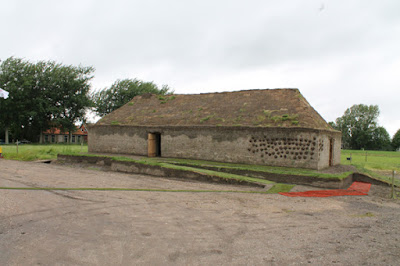I woke up at 10.30 am a few days ago (November 20th) and looked outside while I was putting the kettle on. Everything the sun hadn't yet touched (most things at that time of day) was white with frost.




I've held onto these photos for a while, and I don't know what to say about them. I'm just barely hanging on these days. I don't know what to say about anything. There are no words, for some things.
I haven't seen frost in nearly a decade, and I don't have any memory from before of what it was like, or what anything else here was like. It's entirely new to me now. This is not where I wanted to end up, or what I wanted to be doing, but the frost is pretty cool. And I like the rosehips.

The sun on the fields in the afternoon.

Jesse sleeping on my lap while I read and following me around outdoors.

A decaying old snag at the edge of the field that finally succumbed to the wind last week, and fell into a thicket of roses laden with fruit.

A friend showed me this song today:
Rose hip November
Autumn I'll remember
Gold landing at our door
Catch one leaf and fortune will surround you evermore
Evermore, evermore
Vashti Bunyan (Youtube)
The grass was stiff and crunchy underfoot. My toes immediately began to freeze inside my boots. Jesse crouched under the porch going "uuurrrrhh" ("what the hell is this") while I took photos of geranium and buttercup leaves covered in ice crystals. Eventually I got far enough away that he followed me out onto the grass, but he wasn't happy about it.




I've held onto these photos for a while, and I don't know what to say about them. I'm just barely hanging on these days. I don't know what to say about anything. There are no words, for some things.
I haven't seen frost in nearly a decade, and I don't have any memory from before of what it was like, or what anything else here was like. It's entirely new to me now. This is not where I wanted to end up, or what I wanted to be doing, but the frost is pretty cool. And I like the rosehips.

The sun on the fields in the afternoon.

Jesse sleeping on my lap while I read and following me around outdoors.

A decaying old snag at the edge of the field that finally succumbed to the wind last week, and fell into a thicket of roses laden with fruit.

A friend showed me this song today:
Rose hip November
Autumn I'll remember
Gold landing at our door
Catch one leaf and fortune will surround you evermore
Evermore, evermore
Vashti Bunyan (Youtube)















